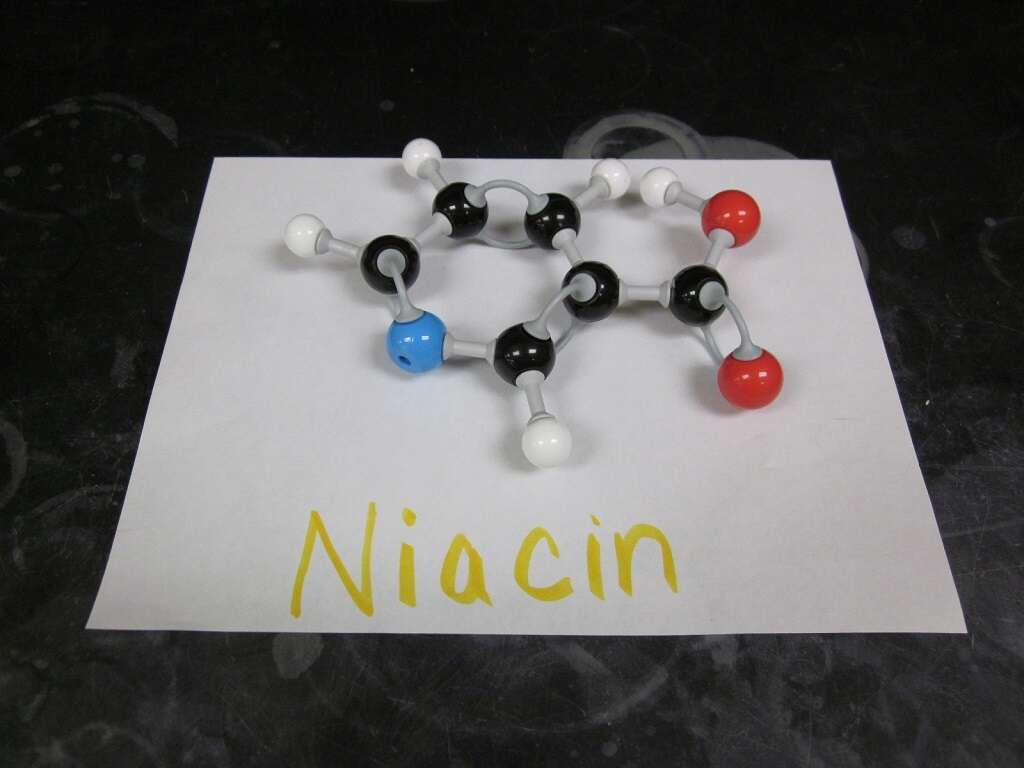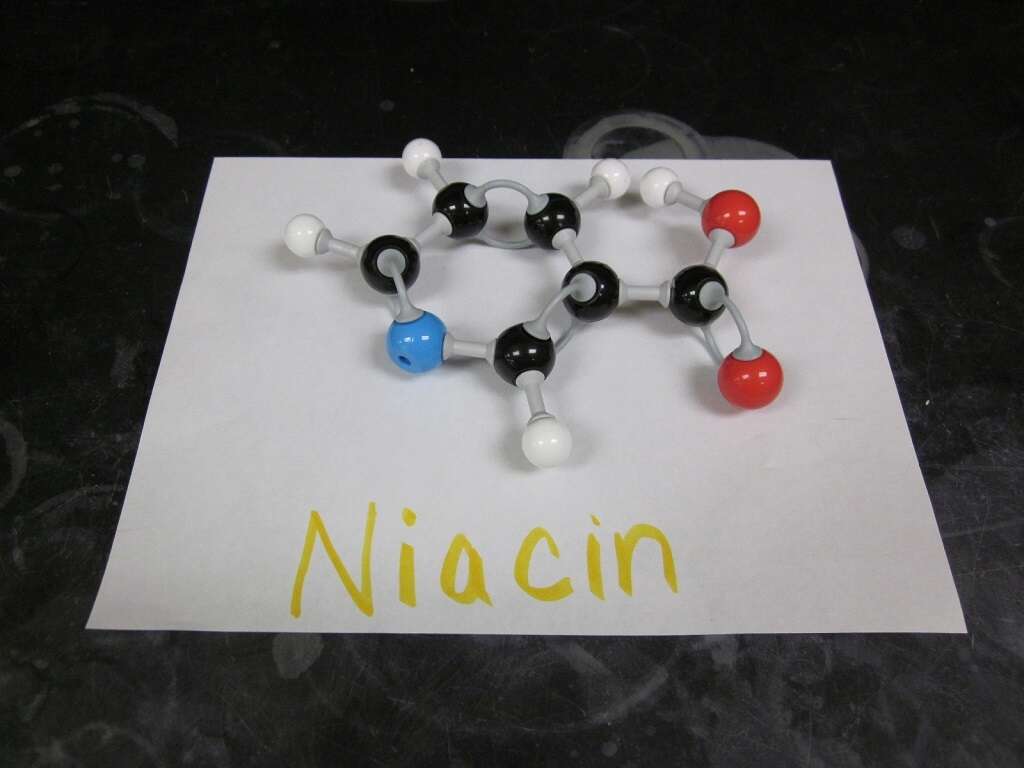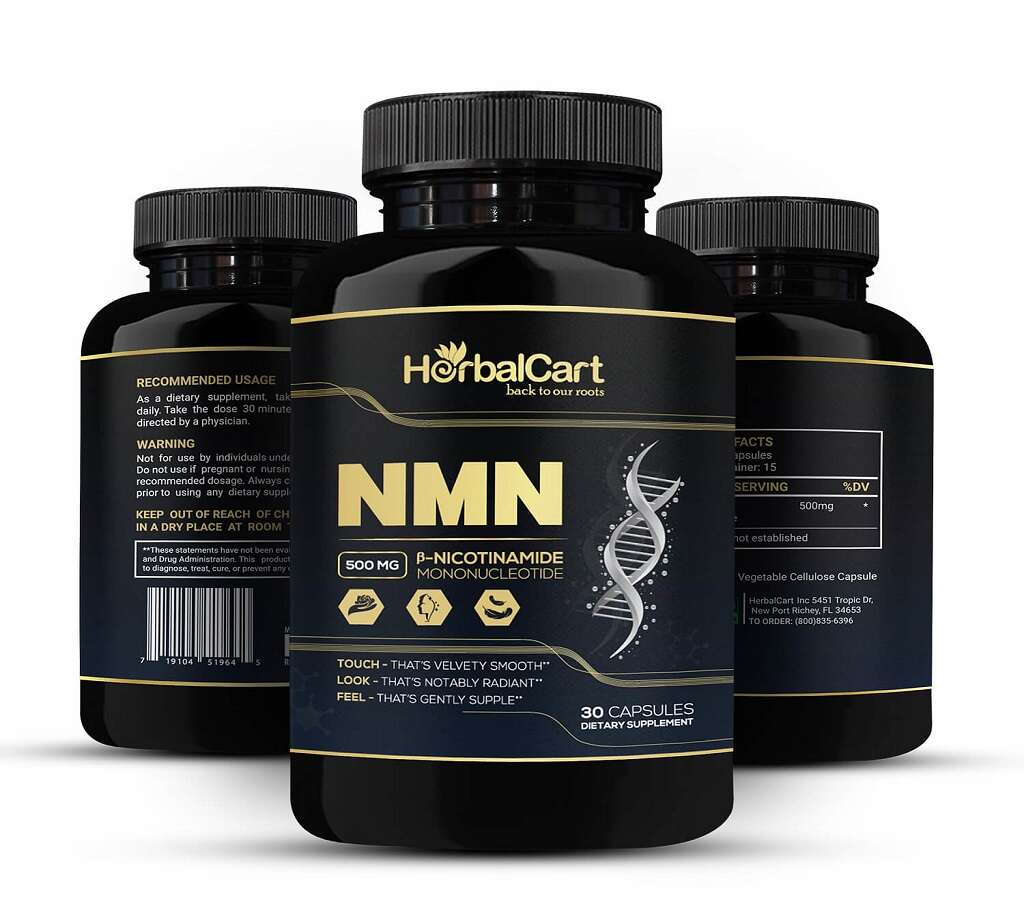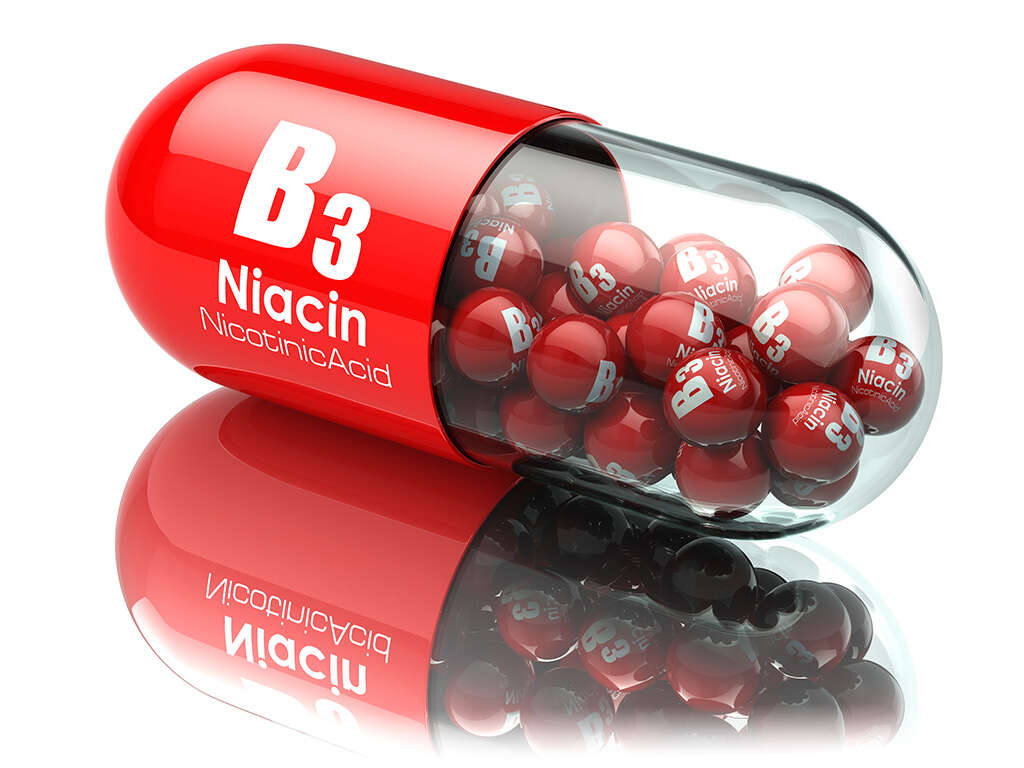Pellagra Symptoms, Causes and More
 Article Sources
Article Sources
- 1. Piqué-Duran, E, et al. 'Pellagra: a Clinical, Histopathological, and Epidemiological Study of 7 Cases.' Actas Dermo-Sifiliograficas, U.S. National Library of Medicine, 2012, www.ncbi.nlm.nih.gov/pubmed/21737056
- 2. S;, Savvidou. 'Pellagra: a Non-Eradicated Old Disease.' Clinics and Practice, U.S. National Library of Medicine, pubmed.ncbi.nlm.nih.gov/24847436/
- 3. 'Pellagra' - American Osteopathic College of Dermatology (AOCD). www.aocd.org/page/Pellagra
- 4. 'PELLAGRA' - WHO. www.who.int/nutrition/publications/en/pellagra/prevention/control.pdf
- 5. 'Home.' Home - Libraries, library.uab.edu/locations/reynolds/collections/regional-history/pellagra/history
- 6. 'Niacin – Vitamin B3.' The Nutrition Source, 6 July 2020, www.hsph.harvard.edu/nutritionsource/niacin-vitamin-b3/
- 7. Prabhu, Dhanashree, et al. 'Pellagra a Review Exploring Causes and Mechanisms, Including Isoniazid‐Induced Pellagra.' Wiley Online Library, John Wiley & Sons, Ltd, 2 Feb. 2021, onlinelibrary.wiley.com/doi/10.1111/phpp.12659
Pellagra is a nutritional disorder resulting from niacin (vitamin B3) deficiency. The disorder is characterized by a skin rash that progresses to rough, hard scaly patches. Skin areas exposed to the sun or friction are generally affected first. It is sometimes referred to as 4D disease because of the four major signs and symptoms: diarrhea, dermatitis, dementia and death.5‘Home.’ Home - Libraries, library.uab.edu/locations/reynolds/collections/regional-history/pellagra/history
The term pellagra was derived from the Italian words pelle agra, which means sharp or rough skin. Primary pellagra is caused by severe niacin deficiency, while secondary pellagra occurs when the body can't absorb niacin.7Prabhu, Dhanashree, et al. ‘Pellagra a Review Exploring Causes and Mechanisms, Including Isoniazid‐Induced Pellagra.’ Wiley Online Library, John Wiley & Sons, Ltd, 2 Feb. 2021, onlinelibrary.wiley.com/doi/10.1111/phpp.12659

Pellagra in History
The first recorded cases of pellagra occurred almost 250 years ago. Cases increased after maize discovered in America became a dietary staple in Europe. The disorder was a problem in Europe prior to WW2 and throughout Africa until the 1970s.5‘Home.’ Home - Libraries, library.uab.edu/locations/reynolds/collections/regional-history/pellagra/history
Pellagra was not prevalent in the Americas, even though maize was a dietary staple. Researchers believe that traditional preparation, such as treating maize with lime or wood ashes, increased amounts of niacin. These practices weren't used in Europe or Africa, so populations dependent on maize experienced chronic niacin deficiency.5‘Home.’ Home - Libraries, library.uab.edu/locations/reynolds/collections/regional-history/pellagra/history

Pellagra in Modern Times
The recommended daily allowance, or RDA, of niacin for adults is approximately 18 milligrams daily. Pellagra in modern times is associated with food insecurity, poor nutrition and crises that interrupt food distribution.3‘Pellagra’ - American Osteopathic College of Dermatology (AOCD). www.aocd.org/page/Pellagra It typically occurs in adults between the ages of 20 to 50. The United States began fortifying breads, cereals and other foods with vitamins, including niacin, in the 1940s. This practice almost eliminated primary pellagra across the country.6‘Niacin – Vitamin B3.’ The Nutrition Source, 6 July 2020, www.hsph.harvard.edu/nutritionsource/niacin-vitamin-b3/

Sources of Niacin
Niacin is another name for vitamin B3. Beef, chicken, liver and fish are good sources of niacin. Other sources include mushrooms, asparagus, broccoli, avocados, dates and passion fruit. The body also converts tryptophan, an essential amino acid, into niacin.3‘Pellagra’ - American Osteopathic College of Dermatology (AOCD). www.aocd.org/page/Pellagra
Turkey, chicken, eggs, sunflower or pumpkin seeds, soybeans and peanuts contain tryptophan. Primary pellagra results from a dietary deficiency of niacin and/or tryptophan. It may also occur due to severe B6 or B12 deficiencies because these B vitamins are needed to use niacin.6‘Niacin – Vitamin B3.’ The Nutrition Source, 6 July 2020, www.hsph.harvard.edu/nutritionsource/niacin-vitamin-b3/

Skin Rash
Dermatological symptoms start as a symmetrical skin rash accompanied by burning or itching. The rash resembles sunburn and usually develops on areas exposed to heat, sunlight or friction. There is a clear line between affected and unaffected skin, and the rash soon fades to a dark, reddish-brown color.1Piqué-Duran, E, et al. ‘Pellagra: a Clinical, Histopathological, and Epidemiological Study of 7 Cases.’ Actas Dermo-Sifiliograficas, U.S. National Library of Medicine, 2012, www.ncbi.nlm.nih.gov/pubmed/21737056
Skin lesions become hard, thick and cracked. Some lesions bleed and develop black crusts. Blisters form and the top layer of skin can slough away and leave exposed areas vulnerable to infection.5‘Home.’ Home - Libraries, library.uab.edu/locations/reynolds/collections/regional-history/pellagra/history

Additional Symptoms
Skin lesions can form anywhere, but they're usually present on the lower legs, feet, arms, hands, face or neck. Pellagra was once known as Casal's necklace or collar due to lesions around the neck.1Piqué-Duran, E, et al. ‘Pellagra: a Clinical, Histopathological, and Epidemiological Study of 7 Cases.’ Actas Dermo-Sifiliograficas, U.S. National Library of Medicine, 2012, www.ncbi.nlm.nih.gov/pubmed/21737056
Pressure points are also prone to developing lesions, and a pellagrous glove forms when lesions spread over the hands and fingers. Other symptoms include redness, inflammation and cracking in the corners of the mouth and eyelids.

Digestive Symptoms
Pellagra also causes symptoms in the digestive system, such as sores and swelling on the mouth and tongue, diarrhea, abdominal pain and cramping, indigestion, nausea and vomiting. Inflammation can occur throughout the gastrointestinal tract, including the mucosal cells lining the stomach and intestines.3‘Pellagra’ - American Osteopathic College of Dermatology (AOCD). www.aocd.org/page/Pellagra
Eating and drinking may be difficult and painful, resulting in poor appetite, dehydration, weight loss and malnutrition. Initial neurological symptoms, such as apathy, irritability or mild depression, may not be noticed immediately.6‘Niacin – Vitamin B3.’ The Nutrition Source, 6 July 2020, www.hsph.harvard.edu/nutritionsource/niacin-vitamin-b3/

Neurological Symptoms
Neurological symptoms progress to restlessness, fatigue, lethargy, insomnia, anxiety and tremors. People affected by pellagra may have difficulty with talking, thinking, writing and reading comprehension or experience symptoms of dementia, such as confusion, delusions and memory loss.4‘PELLAGRA’ - WHO. www.who.int/nutrition/publications/en/pellagra/prevention/control.pdf
Long-term pellagra can result in disorientation, delusions, hallucinations, psychosis, and eventual coma and death. Alcohol-induced secondary pellagra affects the brain and nerves and may lead to intermittent confusion, an exaggerated startle response, suicidal thoughts, stiff muscles and impaired motor function.3‘Pellagra’ - American Osteopathic College of Dermatology (AOCD). www.aocd.org/page/Pellagra

Secondary Pellagra
Secondary pellagra results from medical conditions that interfere with niacin absorption. Potential causes include Crohn's disease, ulcerative colitis, liver cirrhosis, anorexia nervosa, HIV infection, other B vitamin deficiencies and carcinoid syndrome.1Piqué-Duran, E, et al. ‘Pellagra: a Clinical, Histopathological, and Epidemiological Study of 7 Cases.’ Actas Dermo-Sifiliograficas, U.S. National Library of Medicine, 2012, www.ncbi.nlm.nih.gov/pubmed/21737056
Carcinoid syndrome refers to a group of symptoms caused by tumors in the intestines, appendix and bronchial tubes in the lungs. Chronic alcohol abuse and bariatric surgery also increase the risk of developing secondary pellagra. Prolonged diarrhea can cause pellagra, along with other nutritional deficiencies.7Prabhu, Dhanashree, et al. ‘Pellagra a Review Exploring Causes and Mechanisms, Including Isoniazid‐Induced Pellagra.’ Wiley Online Library, John Wiley & Sons, Ltd, 2 Feb. 2021, onlinelibrary.wiley.com/doi/10.1111/phpp.12659

Diagnosis
A physical examination is the first step in diagnosing pellagra. Doctors will evaluate the rash, although some rare cases don't present dermatological symptoms. Doctors ask about medical history and daily habits, as well.3‘Pellagra’ - American Osteopathic College of Dermatology (AOCD). www.aocd.org/page/Pellagra
A dietary survey can help identify nutritional deficiencies. Laboratory tests assessing tryptophan levels in the bloodstream and metabolites in urine are rarely used. Sometimes niacin is administered for a few days to distinguish between primary or secondary pellagra. Doctors may consider secondary pellagra if niacin doesn't improve symptoms.1Piqué-Duran, E, et al. ‘Pellagra: a Clinical, Histopathological, and Epidemiological Study of 7 Cases.’ Actas Dermo-Sifiliograficas, U.S. National Library of Medicine, 2012, www.ncbi.nlm.nih.gov/pubmed/21737056

Managing Pellagra
Primary pellagra is addressed with oral or intravenous niacin, usually in the form of nicotinamide.1Piqué-Duran, E, et al. ‘Pellagra: a Clinical, Histopathological, and Epidemiological Study of 7 Cases.’ Actas Dermo-Sifiliograficas, U.S. National Library of Medicine, 2012, www.ncbi.nlm.nih.gov/pubmed/21737056 When treated early, this condition improves quickly, although skin may take a few months to repair.
Nicotinamide is administered for three to four weeks, but most cases see improvement within two days of receiving the first dose. A high protein diet and supplements containing B-complex vitamins are recommended to aid recovery. Secondary pellagra is treated by managing the underlying condition that caused it.3‘Pellagra’ - American Osteopathic College of Dermatology (AOCD). www.aocd.org/page/Pellagra











